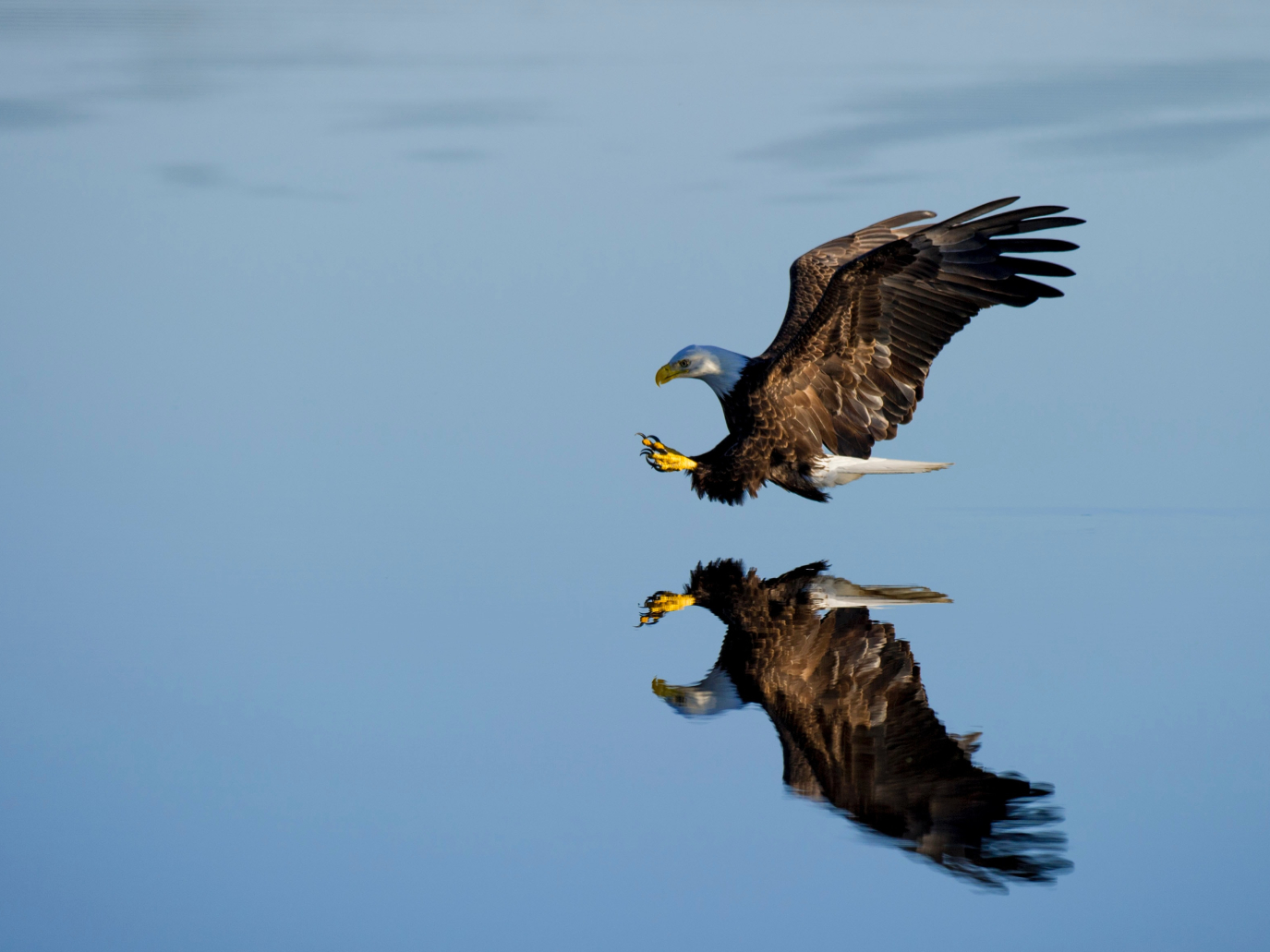Three years after the publication of the report highlighting the devastating impact human activities have on biodiversity and ecosystems, the International Panel on Biodiversity and Ecosystem Services (IPBES) is back with a new analysis that lifts the veil on human use of natural resources.
The Sustainable Use of Wildlife Species Assessment Report is the result of four years of work, and involved 85 experts and some 200 authors who sifted through and pieced together more than 6,200 sources, offering insights into how to use natural resources in a way, and at a rate, that does not lead to the long-term decline of biodiversity, as called for by the Convention on Biological Diversity of now-distant 1992.
The numbers from the new IPBES report
According to the analysis, there are about 50,000 wild species globally that through fishing, gathering, logging, hunting and observation are exploited to produce goods and services critical to our survival. Of these, about 7,500 are fish and other aquatic invertebrates, nearly 30,000 are wild plants – including 7,400 trees – 1,500 fungi, 1,700 species of terrestrial invertebrates and 7,500 amphibians, reptiles, mammals and birds.
Among the organisms whose rate of exploitation has been increasing over the past 20 years are a variety of wild tree species – which, to date, account for about two-thirds of all raw timber traded on a global basis – as well as wild plants, algae and fungi, which alone constitute a billion-dollar-a-year industry.
Added to this is the medical use of 35,000 species of plants-equivalent to only 15 percent of those estimated to exist on the Planet – and which, far from being considered curative only in traditional cultures, represent a still largely unexplored frontier of potential cures for cancer, heart diseases and possible, future pandemics. In addition to the creation of drugs obtained through the direct harvesting of organisms from the natural world, more than 20 percent of known species are a key food source for humans, who, however, are proving unable to keep up with nature's renewal schedule. In fact, some 1,341 terrestrial mammal species are currently threatened by overhunting, and more than 34 percent of fish species are overfished.
Specifically, between 1950 and the end of the 20th century, the amount of annual catch increased about 6-fold, with countries such as China, Indonesia, Peru, India, Russia, the United States, and Vietnam leading the way in terms of catches on the high seas, counting for 50 percent of the total (which, in turn, was 84.4 million tons in 2018). The paradox is that 25 percent of the global catch is used for what is called "fish production," an expression that encapsulates the all-too-human inability to accord species other than our own the right to an autonomous existence. Indeed, in 2018, the aquaculture sector produced 114.5 million tons of freshwater or saltwater fish, as well as crustaceans and mollusks, with an economic value of $263.6 billion. In addition to those directly associated with the food industry, a great many other animals are part of what is called "bycatch," which is incidental fishing that, each year, is responsible for the capture of 300,000 albatrosses belonging to 17 different species, 250,000 sea turtles, most of which are the Caretta caretta and the (critically endangered) lute turtles, and 300,000 whales and dolphins.
Biodiversity is the key to achieving the Sustainable Development Goals
While it is true that humans have always attempted to subjugate nature to their needs, what was once a battle confined to limited settlements has now taken on global dimensions to the extent that it is affecting the Earth's physical and chemical systems and undermining its mechanisms and balance, causing direct and indirect effects on all species and their resilience.
What eludes the enlightened sapiens species, however, is that what it is playing out is a veritable mirror war: pushing a million animal and plant species toward extinction is, in fact, tantamount to losing the very goods and services on which our species depends for survival.
On the contrary, if we tried to establish a new relationship with nature, following that paradigm of sustainable development that science has been telling us about since as far back as 1972, when the Limits to Growth Report was published, we could easily achieve, one after another, even the 17 sustainable goals contained in the 2030 Agenda. In fact, according to IPBES' findings, about 70 percent of the world's poor are directly dependent on wild species, which are therefore critical to achieving goal number 2 (Zero Hunger). Similarly, small-scale fisheries, strongly rooted in the way of life of local communities on all continents, support more than 90 percent of the 120 million people engaged in capture fisheries globally. Of these, about half are women, demonstrating that biodiversity can put us on the right track to hit the gender equality goal (SDG5) as well. A further example is provided by the fact that one in five people rely on wild plants, algae and fungi as a priority source of income, demonstrating how these organisms are important in centering the goal that aims to eliminate poverty (SDG1).
In addition to providing tangible goods, wild species hold enormous cultural value. Therefore, when a species disappears, it takes with it not only its genetic heritage, but also a wealth of traditions to which indigenous populations in particular, who have always had a close and balanced relationship with ecosystems, are attached.
One of the things that should always be kept in mind when talking, for example, about deforestation is that it is not only trees that suffer but also other forms of biodiversity. What for many of us are postcard views or places to explore on vacation, for 350 million people are in fact the home and place they depend on for the provision of a variety of ecosystem services. Of these hundreds of millions of people many belong to indigenous peoples for whom the disappearance of forests would amount to the annihilation of their history, culture and traditions. In contrast, helping indigenous and local communities maintain the ability to sustainably utilize wild species is tantamount to protecting ecosystems and defending the cultural practices associated with them, thus ensuring the survival of both.
IPBES data may be approximate and flawed
While the scenarios laid out by the IPBES are by no means encouraging, however much optimism emerges in the possibility of reversing course, a study published by Nature finds that the analysis of the intergovernmental body entitled to give us a view of the state of biodiversity globally has significant shortcomings.
In particular, according to a group of independent researchers, the IPBES allegedly focuses too much on the benefits of wildlife exploitation while failing to accurately describe the cascading damage to ecosystems. According to an assessment cited in the report, of some 10,000 species used by humans, roughly one-third have stable populations, which would suggest their somewhat sustainable use. The others, however, show signs of population decline that could be caused by humans. Yet, according to a conservation biologist working at the University of Hong Kong, the assessment does not consider the effects that wildlife trade has, for example, on animal morphology. Indeed, there is evidence that removing large mammals – often victims of trophy hunting – from their ecosystem decreases the size of the remaining animals, reducing their gene pool and making them less resilient to environmental changes. Data on the use of wild plants and trees are also particularly scarce and, when present, refer to the marketing of organisms often categorized by genus, or by collective names, with no indication as to the precise species.
No mention, moreover, of the impact that exploitation and trade in wildlife could have on the emergence of new and future pandemics. A lack, this one, rather sensitive at a time in history when humanity is still struggling to recover from the health crisis generated by COVID19.
A new relationship between humans and nature is needed
Coming a handful of months ahead of the last COP15 biodiversity meeting, the IPBES report provides an additional negotiating foundation made up of data and suggestions for establishing a more equitable relationship with wild species. However, what is perhaps missing is an analysis that reminds us of the ethical and intrinsic value of the Planet's biological diversity. Year after year, century after century, ecosystems and the organisms that inhabit them and contribute to our survival have indeed become inconvenient co-inhabitants of the planet, beings that invade our space, species to be governed at will and consumed out of vice rather than need. If we have reached this point, it is because we have failed to go beyond the functional aspect and have built a relationship with nature based only on the immediate satisfaction of our real or imagined needs.
The first step we should strive to take is to inform ourselves about the value of nature and understand that biodiversity has a right to exist regardless of the services it provides us, and that each of the organisms that make it up, each of the ecosystems, must be protected because it is ethically right for it to be so. Only by beginning to perceive nature as living, as well as vital, could we eliminate the apathy and indifference with which, year after year, we destroy every remaining fragment of it. And in doing so we will also save ourselves.



